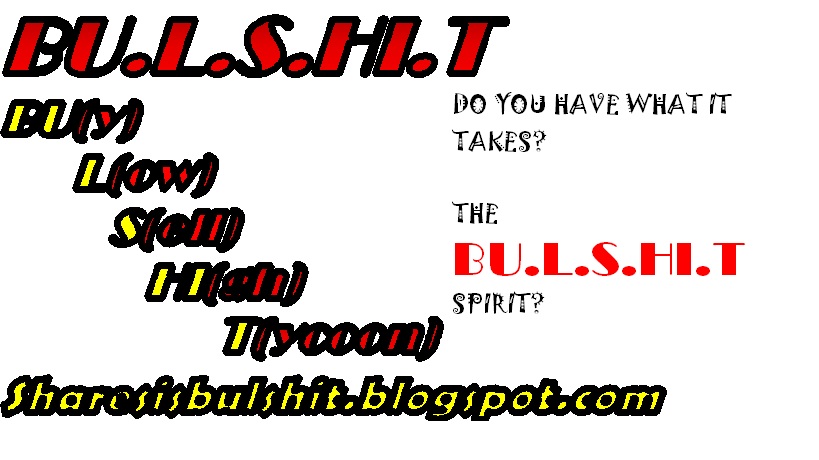Goldman Joins Bandwagon, Downgrades China
The bank cut China's gross domestic product (GDP) growth forecast for the second quarter to 7.5 percent on the year from 7.8 percent previously. It also revised full-year growth estimates to 7.4 percent for 2013 and 7.7 percent for 2014, from 7.8 percent and 8.4 percent, respectively. The official growth target for the year is 7.5 percent.
"The recent tightening of the interbank market has sent a strong policy signal that the strong credit growth earlier in the year will likely not continue," Goldman said in a note. "We estimate this to tighten the FCI [fixed capital investment] by another 30-40 basis points in the coming months, in addition to the FCI tightening of 100 basis points so far this year driven by the rapid yuan appreciation on a trade-weighted basis."
China's money market rates hit a record high last Thursday with the seven-day repurchase rate, a measure of interbank funding availability, rising above 10 percent, while the overnight repurchase rate jumped as high as 30 percent, creating panic among investors.
Despite the ongoing liquidity crunch, the country's central bank - People's Bank of China (PBOC) - has been reluctant to pump in cash and alleviate the credit squeeze. The bank said on Monday that overall liquidity in China's financial system is at a reasonable level, Reuters reported. Interest rates were off last week highs, but still at elevated levels on Monday.
(Read More: What's Really Behind China's Cash Crunch)
China's recent attempts to tame informal lending and slow credit growth shows the government has focused priorities on reforms over growth, Goldman said.
"These policies help to foster more sustainable medium-term growth, but will test the government's tolerance for a cyclical downturn," Goldman said, adding that reforms from policymakers will be negative for economic growth in the near term.
Goldman has joined a slew of banks and international agencies that have downgraded China's economic growth forecast in recent weeks, citing the government's tolerance for slower growth amid implementing structural reforms. Nomura is going as far as to predict that GDP growth may fall below 7 percent in the second half of the year. China's economy grew at its slowest pace for 13 years in 2012.
(Read More: Now, China Watchers See Growth Below 7%)
Fears of a hard landing in China have also been heightened by a series of economic data pointing to a pronounced slowdown in the second quarter. The closely-watched flash HSBC Purchasing Manager's Index (PMI) fell to a nine-month low of 48.3 in June, worse than the final reading of 49.2 in May when the index moved into contractionary territory for the first time in seven months.
(Read More: China PMI Slump Will Test Authorities' Resolve)
- By CNBC.com's Rajeshni Naidu-Ghelani; Follow her on Twitter
@RajeshniNaiduBUT REMEMBER THIS???
Hong Kong Biggest Beneficiary of QE2, Global Recovery, Goldman Sachs Says
Hong Kong will benefit most from a capital relocation away from developed to emerging markets, Goldman analysts led by Kinger Lau wrote in a report today. Inflation and low economic growth are reducing the allure of developed-market assets, the analysts said. Goldman analysts forecast in December the Hang Seng Index may reach about 27,000 by the end of 2010. The gauge climbed 2 percent to 24,132.38 as of today’s trading break at 12:30 p.m. local time.
The U.S. Federal Reserve is likely to announce a plan today to purchase a further $500 billion of long-term securities to stimulate the economy in a program known as QE2, according to economists surveyed by Bloomberg News.
“We suspect the resulting liquidity impact could go beyond many investors’ expectations,” the analysts wrote. “The overwhelming importance of China to the growth in Hong Kong may mask the unfolding trend of gravitational attraction of international capital.”
Easy liquidity and Hong Kong’s stable regulatory environment make the city’s real estate market attractive, and values, which are at 13-year highs, are likely to appreciate, the report said. Property oriented stocks provided a better investment option than the physical market, they said.
Asset Bubble
Cheap borrowing costs are driving asset prices higher in the city, and Hong Kong Monetary Authority Chief Executive Officer Norman Chan said Oct. 18 that a housing bubble poses the biggest risk to financial stability in Asia. Hong Kong’s government has introduced higher down payment ratios since August and pledged to increase land supply to cool the city’s property market, where values have jumped 50 percent since the start of 2009.
Emerging economies may use currency appreciation and temporary capital controls to cope with money inflows sparked by U.S. monetary easing, Joseph Yam, former head of the Hong Kong Monetary Authority, said in a speech in Beijing today.
Also reaping gains from loose monetary policy would be Hong Kong’s financial sector, which is already benefiting from China’s program of yuan liberalization, the Goldman analysts said.
“A combination of strong domestic growth and abundant global liquidity is how we would describe the investment thesis for Hong Kong,” the analysts wrote.
Property Stocks
The MSCI Hong Kong Index offers a better proxy for Hong Kong growth than the Hang Seng Index, for which China stocks make up 56 percent of market capitalization, the analysts said. They raised their forecast for the MSCI gauge to 14,000 from 12,200.
The analysts said Hong Kong property stocks such as Sun Hung Kai Properties Ltd., Cheung Kong (Holdings) Ltd. and MTR Corp. would benefit from liquidity-driven real estate inflation.
Financial stocks such as Bank of China Ltd. and Hong Kong Exchanges & Clearing Ltd. were well positioned to take advantage of further liberalization of the yuan, the analysts said, giving the two stocks a “buy” recommendation.
To contact the reporter responsible for this story:Nick Gentle at ngentle2@bloomberg.net
To contact the editor responsible for this story: Darren Boey at dboey@bbloomberg.net


No comments:
Post a Comment